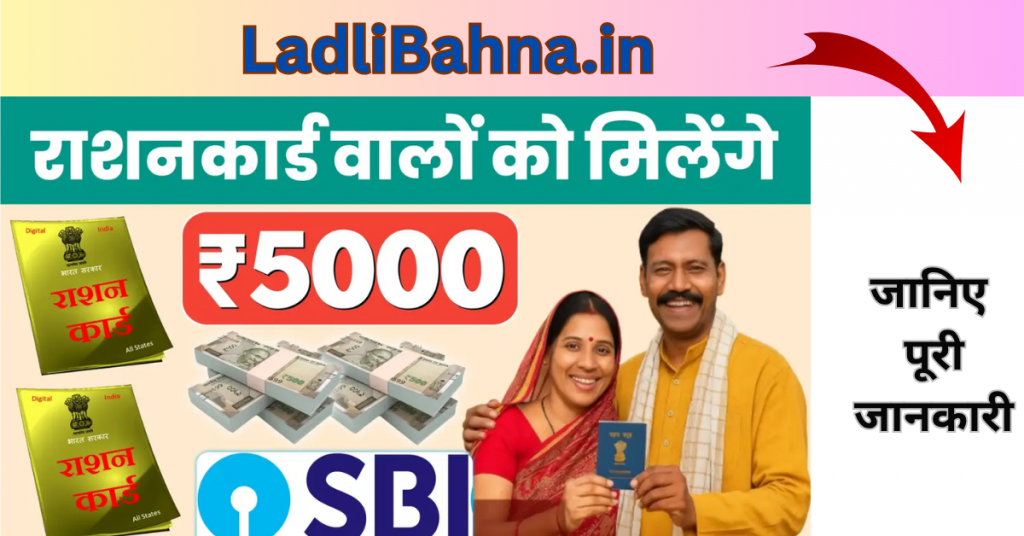One of the most critical tools used by the Indian government to achieve this goal is the Ration Card. While many associate it solely with subsidized food grains, the ration card serves multiple roles—acting as a tool for welfare distribution, identity verification, and even social inclusion.
This blog explores the many advantages of a ration card for people across India, especially for those in lower and middle-income groups.
What is a Ration Card?
A ration card is an official document issued by state governments in India, primarily used to purchase essential commodities like rice, wheat, sugar, and kerosene at subsidized rates through the Public Distribution System (PDS). It serves as proof of identity and residence and is often used in availing various government schemes.
Ration cards are categorized based on income levels:
- Antyodaya Anna Yojana (AAY) Cards – For the poorest families
- Priority Household (PHH) Cards – For households below the poverty line (BPL)
- Non-Priority (APL) Cards – For above poverty line families, who may still receive some benefits
Major Advantages of a Ration Card in India
1. Access to Subsidized Food and Commodities
The primary function of a ration card is to provide food grains and other essential items at subsidized rates through the PDS. This is crucial in combating hunger and malnutrition, particularly for low-income families. With rising food prices, access to essentials like rice, wheat, pulses, and sugar at a reduced cost can significantly ease the financial burden.

2. Proof of Identity and Address
While Aadhaar and Voter ID are commonly used today, the ration card is still accepted as a valid identity and address proof by various government agencies. This is useful when applying for services like LPG connections, passports, and opening bank accounts, especially for individuals in rural or semi-urban areas.
3. Eligibility for Government Welfare Schemes
Many government welfare programs use ration cards to identify beneficiaries. These include schemes like:
- Pradhan Mantri Ujjwala Yojana (free LPG connections)
- Midday Meal Scheme (for school children)
- Free health insurance (e.g., Ayushman Bharat)
- Scholarships for students from economically weaker sections
The possession of a valid ration card ensures that families do not miss out on such beneficial programs.
4. Helps in Identifying Economic Status
Ration cards help in the classification of households based on their economic conditions. This makes it easier for the government to design and implement targeted welfare schemes. It also helps in maintaining transparency and accountability in the distribution of subsidies.
5. Portability through One Nation One Ration Card Scheme
A revolutionary benefit introduced in recent years is the One Nation One Ration Card (ONORC) scheme. This allows eligible cardholders, especially migrant workers, to access their food subsidies from any part of the country. This has greatly empowered migrant laborers and their families by ensuring food security wherever they move for work.
6. Social Security in Times of Crisis
During emergencies like the COVID-19 pandemic or natural disasters, ration cards were instrumental in the distribution of free food grains under schemes such as the Pradhan Mantri Garib Kalyan Anna Yojana. It helped the government reach the needy quickly and effectively.
7. Helps in Household Management
For large families, managing monthly grocery expenses can be challenging. Ration cards help reduce the burden by allowing families to receive a fixed quantity of grains and other items each month at a lower cost. This predictable access ensures better household budgeting.
Conclusion
In a country where millions live below the poverty line and where income inequality remains a challenge, the ration card plays a pivotal role in ensuring equitable access to basic necessities. It is not just a means to procure food—it is a gateway to a host of other entitlements that can uplift the quality of life for millions.
While the system has seen challenges such as corruption and inefficiencies in the past, initiatives like digitization of ration cards, biometric authentication, and the ONORC scheme are bringing about a transformation. As India moves toward a more inclusive and transparent welfare system, the humble ration card continues to be a cornerstone of public policy aimed at empowering the underprivileged.
Whether you are a citizen looking to understand your rights or a policymaker seeking to improve delivery mechanisms, the ration card is a subject worth knowing and advocating for.
Leave a Comment